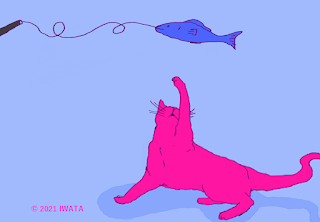Redefining the Commodity Theory of Money: From the Viewpoint of the Recent Unoist Approach and Japanese Debates on Credit Money
1. Introduction Marx introduced money as the form through which commodities express their own value. Traditional Marxist economics assumes that money was gold, and after the suspension of convertibility, money became state fiat money. In contrast, unlike traditional Marxism , Unoists in Japan reconstruct Marx’s Capital logically in many respects , beyond textual interpretation . Regarding credit theory, Unoists emphasize the uncertainty of circulation, which leads to specialized capitals engaged in circulation, such as commercial capital and banking capital. They argue that even inconvertible credit money still has a basis in commodity value . This means that the salability of commodities gives rise to the value of money. Banks link commodity value with value of money. Thus, money gains access to commodity value, either directly or indirectly. In this sense, money remains commodity money, and is different from state fiat money. T his paper will give an overview of ...





コメント
コメントを投稿